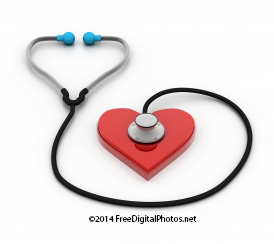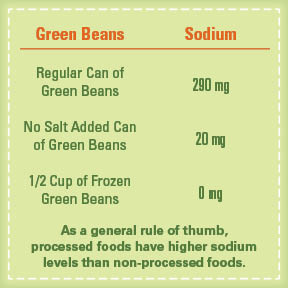Blog

Do you or someone you know have high blood pressure or cardiovascular disease? It is very likely your answer is “yes”, given that cardiovascular disease is the leading cause of death in the United States. High blood pressure affects approximately 1 in 3 adults in the United States and more than half of Americans with high blood pressure do not have it under control. Foods high in sodium are a big concern for managing blood pressure.
Sodium plays an important role in regulating fluid balance, nerve function and muscle contraction within the body. We need it, but most of us get too much. The Dietary Guidelines for Americans recommend that most people take in no more than 2,300 mg of sodium per day (about 1 teaspoon). However, about half of us should only consume 1500 mg or 2/3 teaspoon. The reduced recommendation is for the following people:
- African Americans
- Anyone over age 51
- Those diagnosed with high blood pressure, diabetes or chronic kidney disease
The average American consumes almost twice the recommended amount. Too much sodium is not healthy, but have you ever wondered what the science is behind this? Here’s a quick science lesson!
When an excessive amount of sodium is consumed, there is an increased number of particles in the blood stream, water moves from the cells to the blood stream trying to create a fluid balance. This increased volume circulating in the blood stream increases pressure on artery walls and makes your heart work harder. High blood pressure is also called hypertension and it is a risk factor for heart disease and stroke.
How can you reduce the amount of sodium you consume daily?
 Don’t add salt to your food.
Don’t add salt to your food.- Choose frozen or fresh vegetables as opposed to canned.
- Choose low-sodium or no salt added versions of canned products. Many are the same price as their higher sodium counterparts.
- Rinse canned vegetables and beans.
- Cook foods from scratch. Restaurant food and convenience meals tend to have more sodium than those you prepare yourself.
- Experiment with adding flavor to dishes by using dried herbs and spices such as basil, thyme, parsley or cayenne pepper instead of salt.
Have fun with it! If your new year’s resolution is to achieve a healthier lifestyle, reducing your sodium intake is an easy way to work toward that goal.
Liz
